4 December 2024
Alright, gamers, let's talk about something that’s been taking the gaming world by storm: procedural generation in open-world games. Sounds fancy, right? But what if I told you it’s the backbone of some of your favorite immersive experiences? It’s like the magic wand game developers wave to create endless worlds that never feel the same twice.
In this article, we’re diving deep into how procedural generation has reshaped open-world games, why it’s such a big deal, and what it means for players like us. Ready? Let’s break it down. 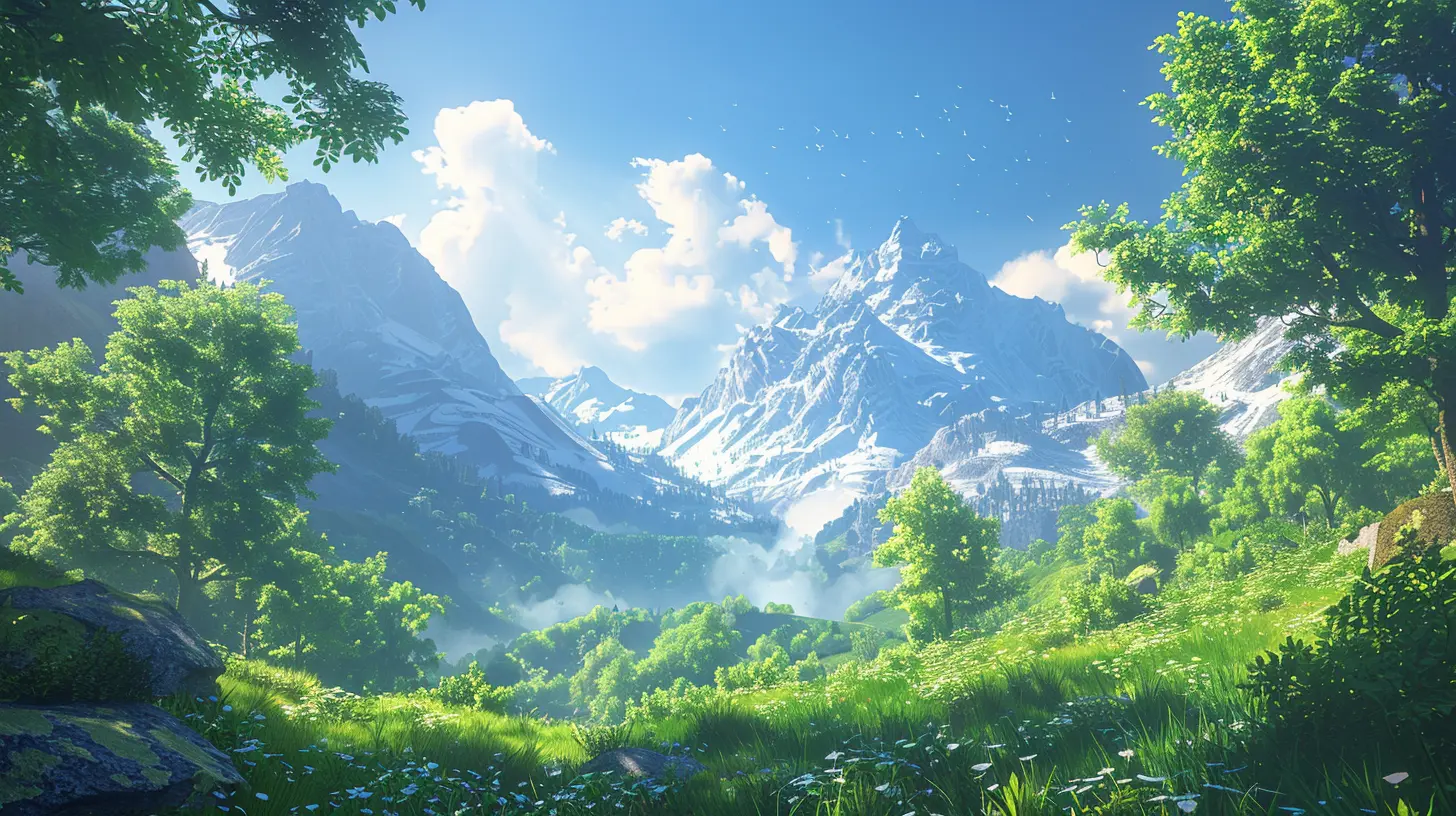
What is Procedural Generation?
If you're scratching your head wondering what procedural generation is, don't worry—you’re not alone. Simply put, procedural generation is a method in game development where environments, assets, or even quests are created using algorithms instead of being handcrafted by developers. Think of it like baking cookies. Instead of shaping every cookie by hand, you use a cookie cutter that takes care of the details for you.This tech allows developers to generate vast, dynamic worlds without manually designing every nook and cranny. But it’s not just about saving time. It’s about creating something that feels alive, unpredictable, and, most importantly, replayable. 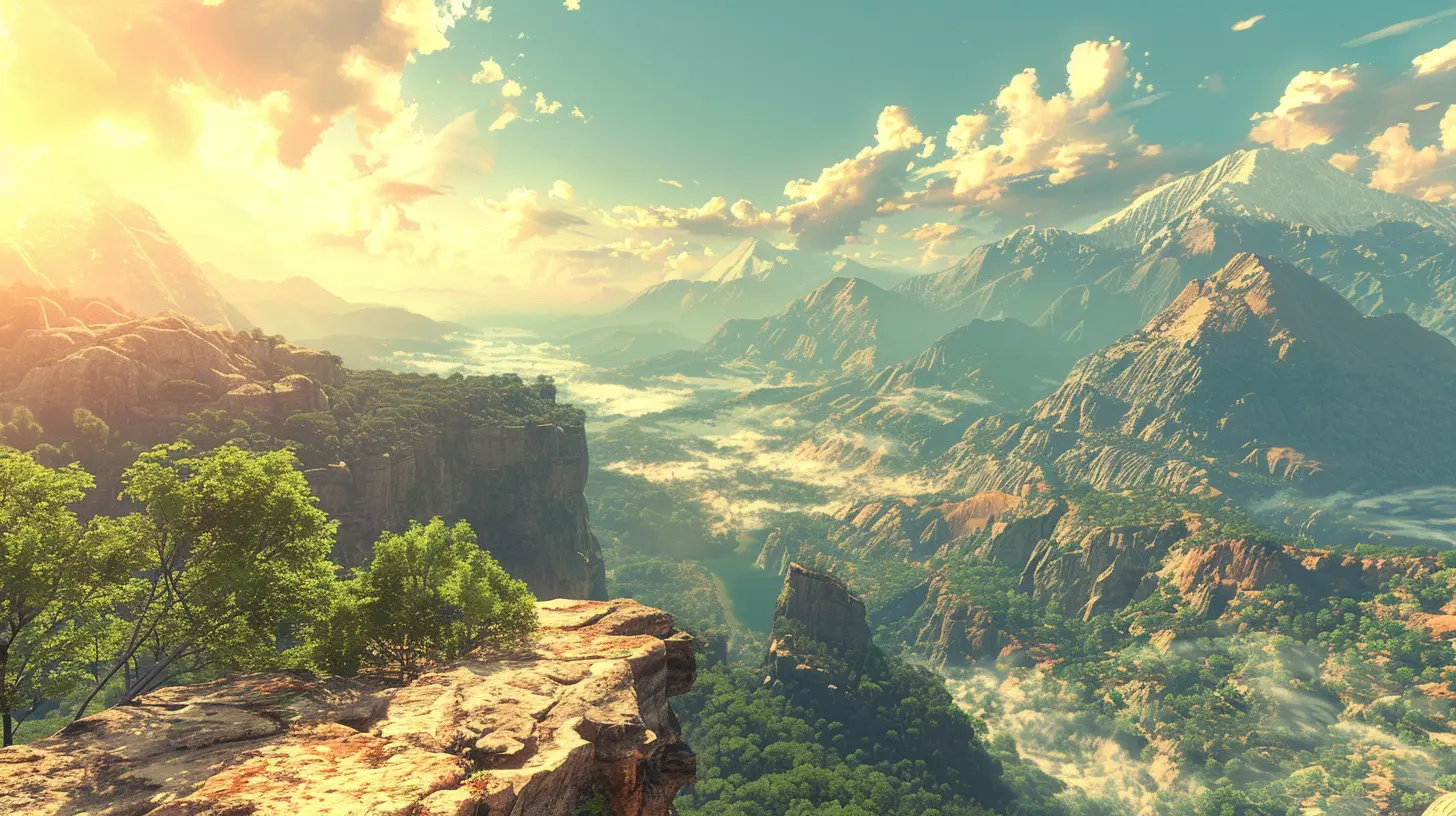
How It All Began
Procedural generation isn’t exactly new. In fact, it’s been around for decades. Remember Rogue from 1980? That dungeon-crawling classic used procedural generation to create its random dungeon layouts. Fast forward a bit, and we saw similar techniques in games like Elite, which generated an entire galaxy in the ’80s.But here’s the thing: Back then, procedural generation wasn’t nearly as flashy as it is today. Those pixel-based maps and repetitive patterns were just the beginning. With advancements in technology, developers can now create breathtaking, expansive worlds that feel like they could actually exist. 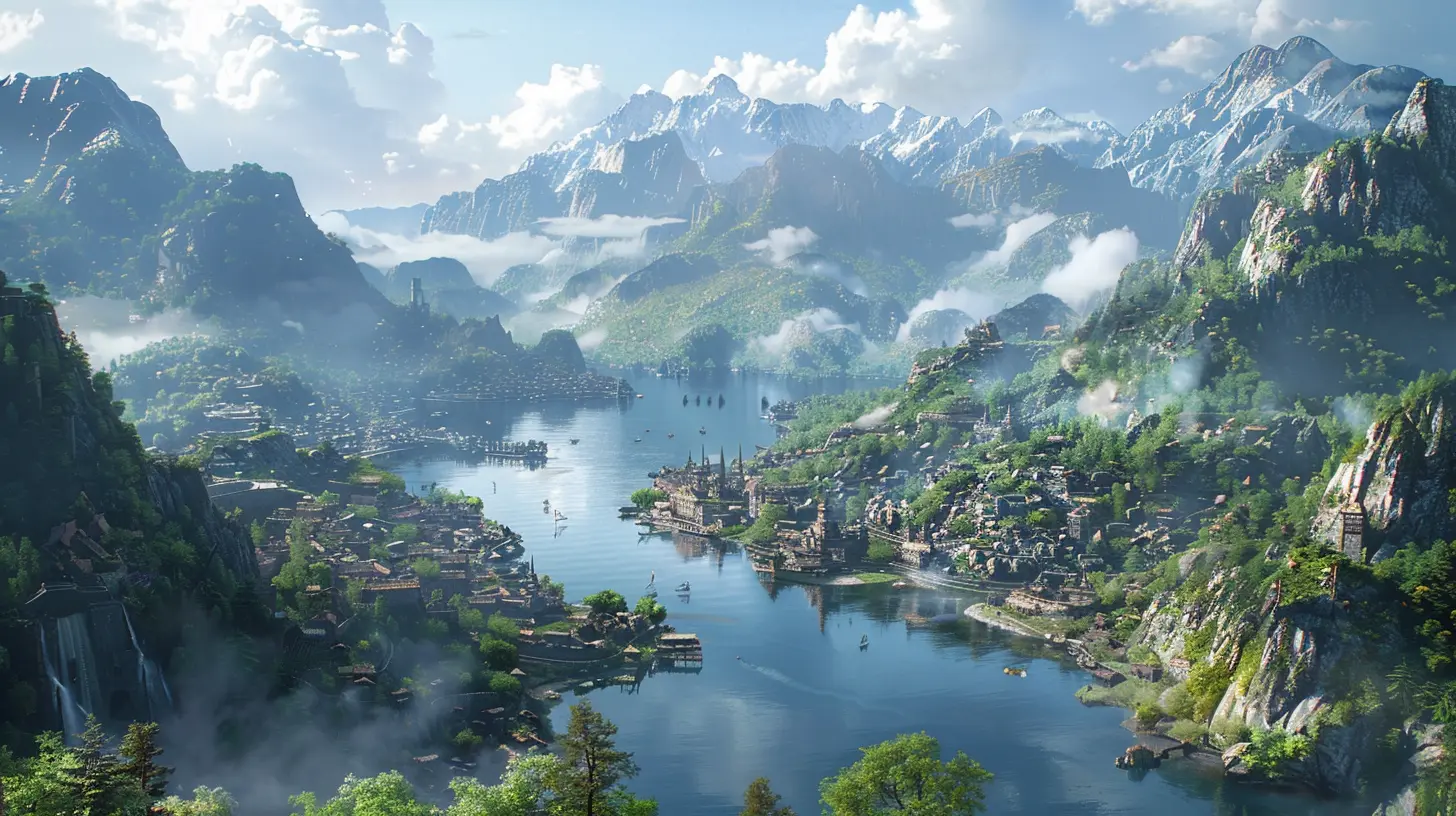
Why It’s Made for Open World Games
Open-world games thrive on exploration. But building a massive world by hand? That’s a monumental task—borderline impossible for most teams. Enter procedural generation.Think about a game like No Man’s Sky. With trillions (yes, trillions) of planets, it’s humanly impossible for a dev team to design them one by one. Procedural generation takes care of that, ensuring that no two planets (or even sunsets) look the same.
And it’s not just about landscapes. Procedural tech can generate weather patterns, NPCs with unique stories, or even enemy placements. The result? A world that feels alive and unpredictable. 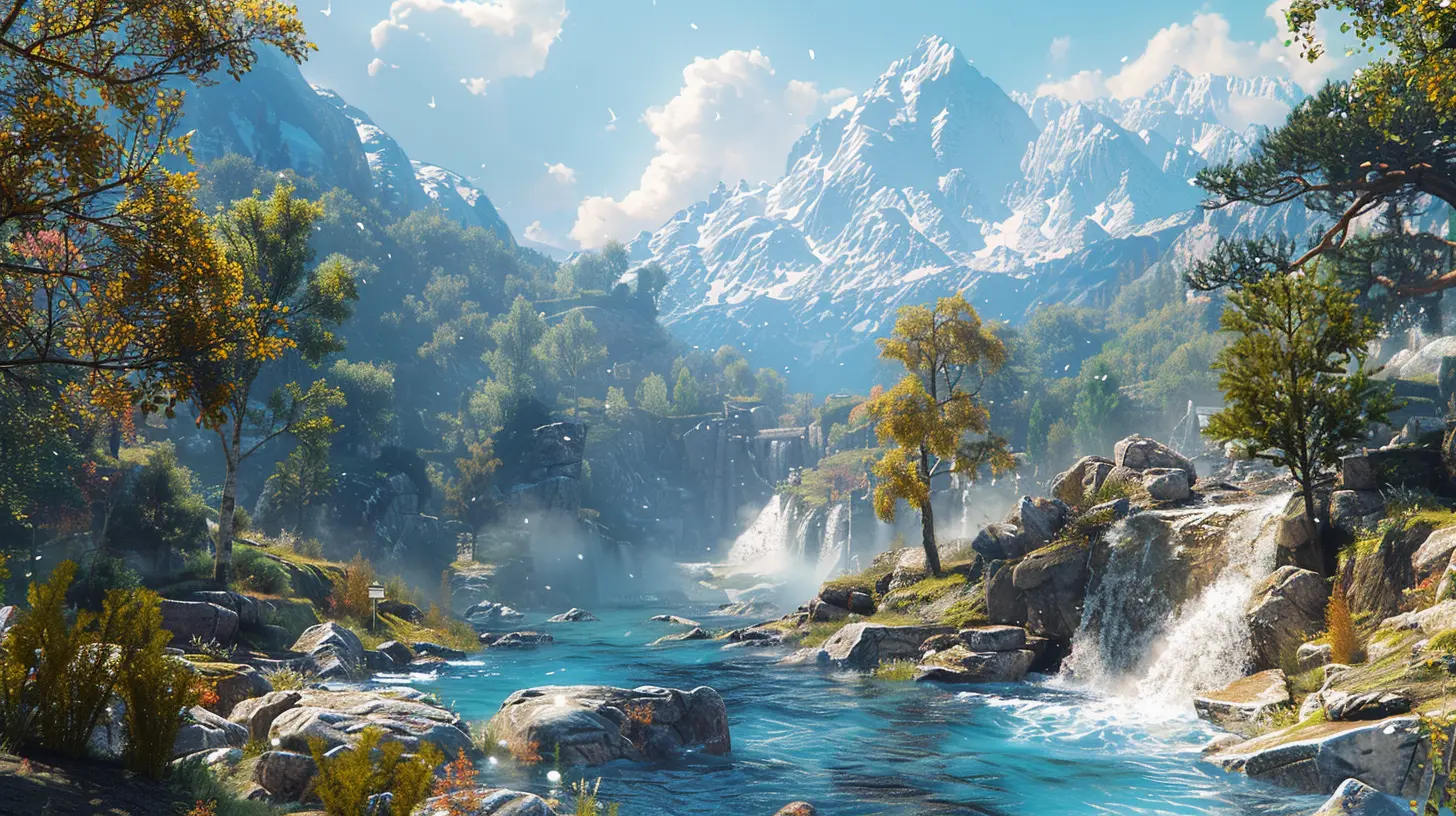
The Benefits for Players
So, what’s in it for us, the players? A lot, actually.1. Endless Replayability
Remember that sense of wonder you get when you stumble upon an uncharted area in an open world? Procedural generation amps that up. Games like Minecraft or The Binding of Isaac thrive on this concept. Every time you start a new game, the experience feels fresh.2. Bigger and Better Worlds
Let’s be real: We love massive maps. Whether it’s the sprawling wilderness of Skyrim or the infinite cosmos of Starfield, procedural generation allows developers to go big without cutting corners. The worlds feel richer, fuller, and packed with surprises.3. Dynamic Exploration
There’s something incredibly satisfying about exploring the unknown. Procedural generation makes every twist and turn feel unique. A mountain you climb today might not look the same as one you’ll encounter in 10 hours. That sense of discovery? Priceless.Challenges and Criticisms
Of course, it’s not all sunshine and rainbows. Procedural generation, for all its wonders, has its downsides.1. The "Soulless" Feel
One big complaint is that procedurally generated worlds can lack a personal touch. Since they’re built by algorithms, some feel they’re missing the artistry and love that comes with handcrafted environments. It’s like eating a meal made by a robot chef—it tastes good, but is it memorable?2. Repetitive Patterns
Even the smartest algorithms can fall into predictable patterns. You might notice similar layouts, designs, or terrain types over time. While the idea is randomness, true randomness is surprisingly hard to achieve.3. Technical Hiccups
Procedurally generated worlds can be buggy. Oddly shaped terrain, misplaced objects, or even entire areas that feel "off" are common issues. Developing these worlds requires tons of trial and error, and not every game gets it right.Procedural Generation Done Right
Now, let’s shine the spotlight on some games that have nailed procedural generation:- Minecraft
Arguably the king of procedural generation, Minecraft’s blocky worlds are infinitely replayable. Whether you’re crafting a castle or digging straight into the ground, its randomness keeps things exciting.
- No Man’s Sky
After a rocky start, No Man’s Sky has emerged as a procedural generation success story. Its universe is vast, diverse, and, most importantly, fun to explore.
- Hades
Supergiant Games used procedural generation to make each run through the underworld feel fresh. The result? A roguelike masterpiece that’s both challenging and addictive.
- The Witcher 3: Wild Hunt (to an extent)
While most of its world is handcrafted, The Witcher 3 uses procedural generation for certain areas, like dense forests or scattered villages, to add layers of unpredictability.
What’s Next for Procedural Generation?
So, where’s all this headed? As AI and machine learning continue to develop, procedural generation is only going to get better. Imagine a world where NPCs have unique personalities, every tree has its own story, and the environments react dynamically to your decisions.We’re already seeing glimpses of this with games like Dwarf Fortress, where procedurally generated towns, histories, and characters come together to create rich, complex stories. The future of gaming? It’s looking pretty limitless, if you ask me.
Final Thoughts
Procedural generation isn’t just a buzzword—it’s a game-changer. It’s giving developers the tools to create expansive, immersive worlds that were once unimaginable. While it’s not perfect, its potential is sky-high. As games continue to evolve, I wouldn’t be surprised if procedural generation becomes a standard feature in open-world titles.At the end of the day, who doesn’t love the idea of diving into a world where every step feels like an adventure? Whether you’re climbing procedurally generated mountains or battling enemies in randomized dungeons, one thing’s for sure: gaming will never be the same again.





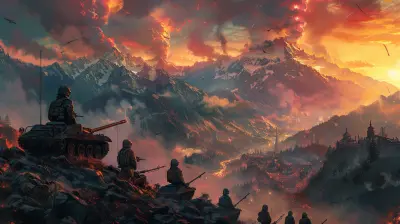
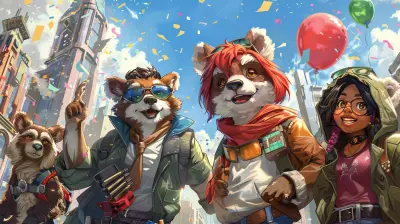


Julian McClellan
Procedural generation enhances open worlds by creating diverse, limitless environments, fostering player exploration and engagement.
April 1, 2025 at 2:57 AM